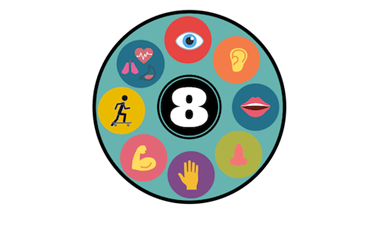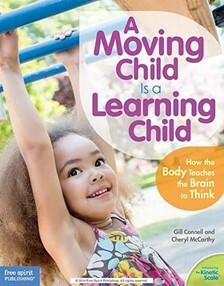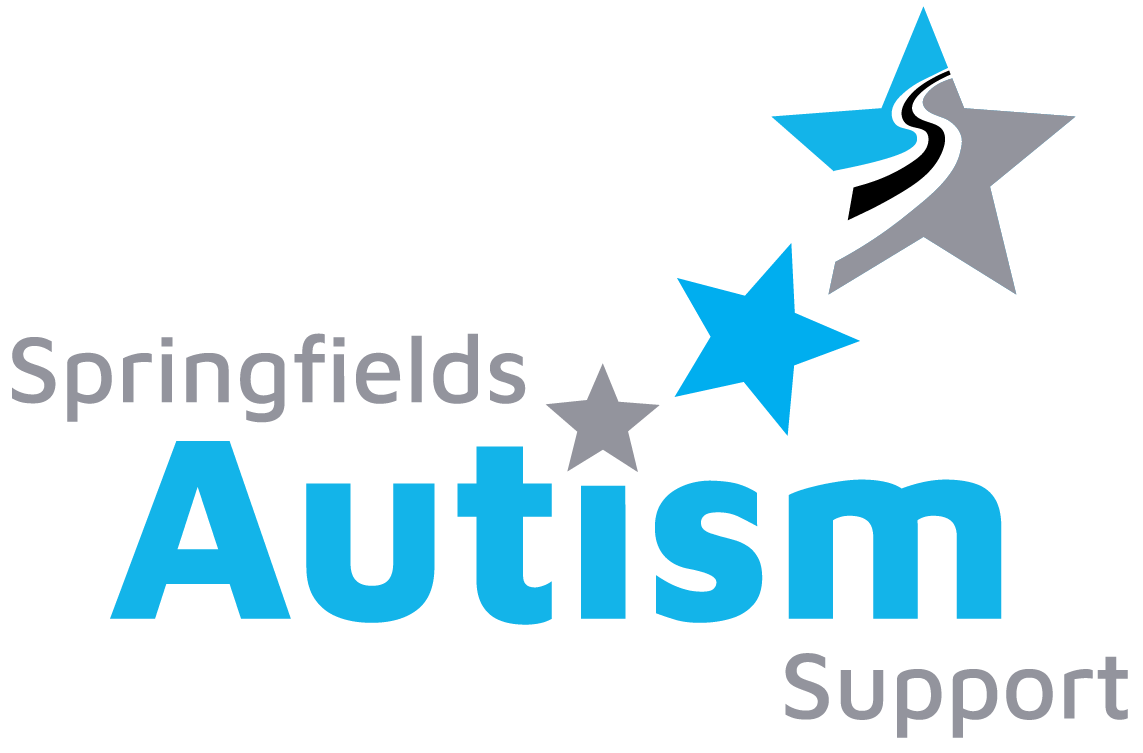Understanding Sensory Processing in Autism Education
By Jessica Coulson, SAS Advisory Teacher
Did you know we have 8 senses?
Most people know about the first 5:
Gustatory – Taste
Olfactory – Smell
Visual – Sight
Auditory – Sound
Tactile – Touch
The other 3 senses are less well-known. They are:
Vestibular - gravity, head movement, balance
Proprioceptive – position and movement of the body
Interoceptive – provides information about how bodies feel inside e.g. hunger, thirst, emotions
Each of our senses help us learn and understand the world around us. However, we do not all process sensory input in exactly the same way.
Lots of people can combine the input they receive from their different senses in order to make sense of the world around them. However, a proportion of people process sensory information differently, which is sometimes known as sensory processing disorder (SPD).
Hyper- or Hypo-Sensitive
If an individual is having difficulty with their sensory processing, this means that they can be either hyper- or hypo- sensitive.
-
Hyper-sensitive – finds input from a sense overwhelming
-
Hypo-Sensitive – finds it difficult to register input from a sense
Why is sensory integration so important in autism education?
How children learn from the world around them is influenced by both their external and internal senses. The senses send messages to our brains so that we can understand and respond to the world around us. Connell and McCarthy note that our senses are 'the filters through which we internalize the world around us and come to know our own bodies'.
Engaging in sensory experiences develops and builds our brains and nerve networks and helps to make connections – learning is all about making connections! Engaging in multi-sensory experiences builds stronger pathways in the brain and reinforces pathways so that messages are sent much quicker each time. By having multi-sensory experiences, pupils can learn more and remember more.
It is important for education professionals and families supporting autistic individuals to recognise a sensory profile. This can help support individuals and enable them to safely access their environment and learning opportunities. With practice and the right supports in place, individuals can also learn to recognise their own sensory needs, so that they are able to self-regulate and self-advocate in a world that is not always designed to support them.
What might sensory differences look like?
As already noted, every autistic individual is different and will have different sensory needs. Here are some examples of what sensory sensitivities may look like (though not an exhaustive list – and remember, the opposite of the below examples could also be true):
-
Sensitive to quiet or loud noises, becoming overwhelmed, or unable to filter out particular sounds leading to difficulty concentrating
-
Becoming overly excited during movement activities such as bouncing or swinging
-
Enjoying swinging or roundabouts
-
Lack of awareness of personal space or the position of their body in space, e.g. stands very close to people
-
Smells are intense or overwhelming
-
Likes to look at bright lights, flashing toys, or bright colours
-
Sticks to the same ‘safe’ foods which are not intense in flavour or over-powering
-
Avoids touching objects with certain textures
-
Not recognising the feeling of hunger or thirst
The importance of environment
No matter where we are or what we are doing, there will be sensory stimuli around us that impacts on our sensory needs. This stimulus can sometimes be overwhelming, and some individuals will need adaptations or supports in order to feel safe in their environment.
In autism education, it is important to create an environment that is a sensory safe space that enables pupils to learn and engage.
At The Springfields Academy, we support pupils' sensory needs in a range of ways. Here are some of the strategies we apply:
-
Each classroom is set up to be a ‘sensory friendly’ space. This means we reduce visual stimuli and have limited displays. If there is something up on the walls, this is because it has a functional and has a purpose – such as supporting learning or communication.
-
Pupils have individual tables and seats. This means that pupils have access to a ‘safe space’ which is personalised to them. Some pupils may have wobble stools, wobble feet, or bouncy ball chairs to support vestibular and proprioception within the classroom.
-
Sensory supports and concentrators – to support a range of sensory needs, pupils are able to access small sensory aids to help them regulate and concentrate. For instance if a hypo-sensitive pupil is tactile seeking, they have access to a range of squishy toys. If a pupil is visual seeking, they can access brightly coloured and lighting toys.
-
To support hyper-sensitive sensory processors, pupils also have access to a range of supports to help manage the environment. For example, pupils have access to ear defenders to support with noise, or can access the sensory room or calm corners if they need a quieter and darker space to go to.
-
Sensory profiles – using a pupil’s EHCP and observations, staff in school are aware of a pupil's sensory profile, and ensure there are experiences within the curriculum to support their sensory needs. Lots of activities include tactile and visual stimulation, such as Bucket Time, or sensory phonics!
-
Movement Breaks – to support proprioception, movement breaks are regularly planned into the routine and structure of each day. This gives short bursts for pupils to get active, to help them better regulate.
-
Physical and Sensory curriculum – Our fantastic Physical and Sensory Team ensure that all PE activities take into account the sensory needs of our pupils.
-
Occupational Therapy support – For pupils who require specific additional support regarding their sensory needs, they can be supported by our talented, multi-disciplinary therapy team.
-
A culture of acceptance and celebration – At Springfields, we explicitly teach the children about their own and each others' sensory needs, to create a culture of acceptance of differences.
Top tips for a sensory friendly classroom:
-
Limit visual stimulus to a minimum – remove any unnecessary displays or art work, and keep bright colours to a minimum so that pupils do not become distracted or overwhelmed. Remember: if an individual is seeking visual stimulation, it is possible to provide visually stimulating experiences for a shorter period of time by introducing lights, coloured toys or video displays.
-
Allow pupils to have a safe space – this might look like having a calm corner in the classroom, or individual desks for a pupil. These safe spaces should enable the individual to access sensory supports they might need such as ear defenders, sensory chews, personalised seating (like wobble stools) or sensory concentrators to help manage anxieties.
-
Consider the acoustics – if there are lots of echoes in the environment, consider putting more soft furnishings in the room to dampen the noise. This can make the difference between a child feeling overwhelmed, and them being able to engage and learn.
-
Provide engaging and personalised sensory experiences – and teach acceptance and celebration of sensory differences! Creating a culture where sensory differences are understood and celebrated can lead to a whole community that is more accepting.
Written by Jessica Coulson
